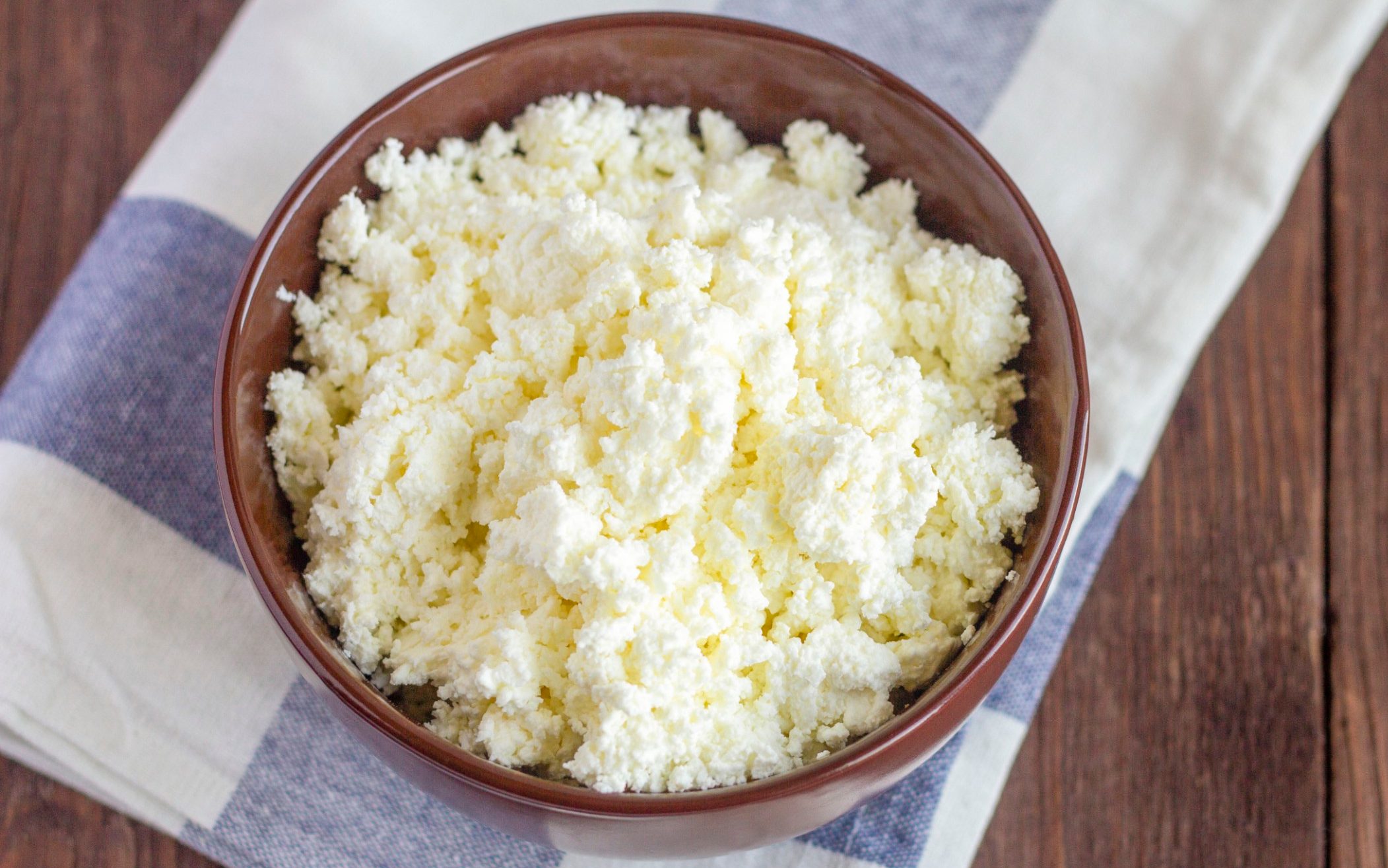
– and is it genuinely the healthiest cheese available?
Skip to:
- What is cottage cheese?
- Can cottage cheese aid in weight reduction?
- How does it compare to other varieties?
- Does cottage cheese offer a range of essential vitamins and minerals?
- Does it promote digestive health?
- Can it assist in enhancing muscle and bone density?
- What's the healthiest way to consume cottage cheese?
- Cottage cheese recipes
What is the composition of cottage cheese and how is it produced?
– cottage cheese.
Is it an abundant source of protein?
Nutritionally, it can be, explains Kalinik, even though texturally, what's produced may be considered less than appealing. That's because these curds contain casein, a protein which occurs naturally in milk, but which coagulates into clumps when an acid is introduced.
“Casein protein is a complete protein, meaning it contains all nine essential amino acids,” she explains. While retro diets once recommended cottage cheese as an aid to slimming down, today's social media influencers constantly talk about the benefits of this protein-rich food.
roughly twice as much as is found in one egg and three times that found in full-fat yoghurt. Your body needs protein to build muscles, repair your tissues and cells, form and regulate hormones, keep a check on your digestion, and ensure oxygen is carried in your blood…
Yes, protein is quite significant and complete proteins are even more so. Proteins are composed of 20 different amino acids, 9 of which our bodies cannot produce and need to obtain through consuming them. So-called complete proteins – such as casein – encompass all 9 of these essential amino acids.
Bear in mind that whey is also a complete protein, your body simply processes it in a slightly different way. More on this to come…
Can cottage cheese assist in weight loss?
For a type of cheese. One hundred grams of Sainsbury's cottage cheese contains 111 kilocalories, while the same amount of its own-brand mature cheddar cheese contains 416 kilocalories.
Cottage cheese has a similar "satiating power" to eggs.
As a leading health science expert here at Zoe, I would advise that achieving a healthy weight is more about adopting a balanced eating pattern over a longer period of time - we simply can't rely on quick fixes.
How does your preferred type of cheese compare to others in terms of its healthiness?
I'm not seeing a text to paraphrase. Please provide the text you'd like me to paraphrase in a UK English dialect, so I can assist you.
Cottage cheese is a relatively healthy option, with fewer calories compared to its competitors, coming in at a similar level to ricotta cheese. It has 31 calories per 30g serving, similar to its counterpart ricotta, and actually less than cheddar's 125 calories. Additionally, cottage cheese boasts the lowest saturated fat content, with approximately 1g per serving, in stark contrast to Christmas Stilton's substantial 6.9g of saturated fat.
Cottage cheese pulls ahead of ricotta in terms of protein content, with 3.75g of protein per 30g serving, compared to a meagre 2.1g. On the other hand, cheddar, for cheese lovers, proves to have the highest protein content, with 7.6g - although, it's worth noting this is five times as much salt as is found in cottage cheese. Nonetheless, a small consolation.
Recommended
Is halloumi healthy?
Read more
Does cottage cheese have a variety of vitamins and minerals?
“Yes, cottage cheese is rich in protein, but it also contains calcium, vitamin B12, and a variety of other essential nutrients,” states Dr Amati.
Vitamin B12 is important for brain function. Calcium, of course, is vital for bone and teeth health, but cottage cheese is a good source of phosphorus, a mineral that also helps in that department, and also of the micronutrient riboflavin, which is good for your skin and eyes.
How about antioxidants?
“Cottage cheese is also a good source of selenium, a nutrient and antioxidant that's really beneficial,” Amati points out. This is a positive for everyone, as antioxidants help prevent and slow cell damage caused by free radicals (unwanted substances produced when your body responds to stresses like inflammation or pollution).
One cup equates to about 225 grams and is thought to cover approximately 36 per cent of your daily recommended allowance of selenium, which is vital for a range of functions including reproduction, thyroid health, DNA creation and more.
Does it genuinely improve the health of the digestive system?
"When considering gut-friendly probiotic products, remember that some brands do not contain this vital ingredient. Always check the label for 'live or active cultures' to ensure you're getting a product that plays a crucial role in digestion and overall health and wellbeing.”
Can cottage cheese aid muscle development?
They studied the effects on muscle mass and strength of having slow or fast proteins after exercise and found no difference.
"The amount of protein you consume needs to be adequate,” says Amati. “Cottage cheese is a good source of protein, but it won't do anything to help build muscle unless you put in a lot of effort, unfortunately.”
What about bone strength?
"Notwithstanding that," replies Amati. That being said, strong cheeses have far greater levels. For instance, one hundred grams of cottage cheese typically contains approximately 90 milligrams of calcium, whereas one hundred grams of parmesan can contain over 900 milligrams.
Can it trigger any allergies?
On the other hand, fresh cheeses contain a lot more lactose than hard cheeses do. One hundred grams of cottage cheese contains roughly 3.5g of lactose, less than that of mascarpone (4.5g) but a lot more than cheddar (0.1g). So, "people who are lactose intolerant or have an allergy to dairy should avoid cottage cheese," says Amati.
What is the most nutritious way to consume cottage cheese?
"Incorporating it with fibre-rich foods like berries, wholemeal crackers, or seeds is a good plan to support a healthy gut microbiome," states Leeming.
Amati recommends looking at Zoe's viral recipe (see recipe section below) for cottage cheese protein pancakes, which combines fibre, protein and fat in the form of oats, cottage cheese and Greek yogurt, thereby slowing down the digestion of any sugar, resulting in smaller rises in blood sugar and longer feelings of fullness.
The ruling: is cottage cheese a healthy option?
While nutritionists voiced their disapproval, they noted that cottage cheese, which is high in sodium, should ideally be consumed as part of a diverse diet.
"Cottage cheese can be a component of a balanced diet, albeit I would tend to prefer the aged and more robust cheeses like cheddar or parmesan if you're looking for greater probiotic benefits," says Kalinik.
According to Amati, your best option is not to follow trends, but to maintain a diverse diet rich in plants and include physical activity. So, if you enjoy cottage cheese, you're free to continue eating it. On the other hand, if you're not a fan of cottage cheese, there's no need to panic. Greek yogurt might not have as much protein, however it does have higher calcium levels, lower sodium content and is a more consistent source of live probiotic bacteria. It also has fewer lumps in it.
Uncle is most familiar with cottages[_ic150 suppose that youhe inquiries concerned cooki cottage cheeseLearn about all the different ways to prepare delicious dishes with cottage cheese.
Even if you’re not particularly fond of cottage cheese, these recipes pack a delicious flavour, so you shouldn’t notice it.
Zoe's cottage cheese protein pancakes.
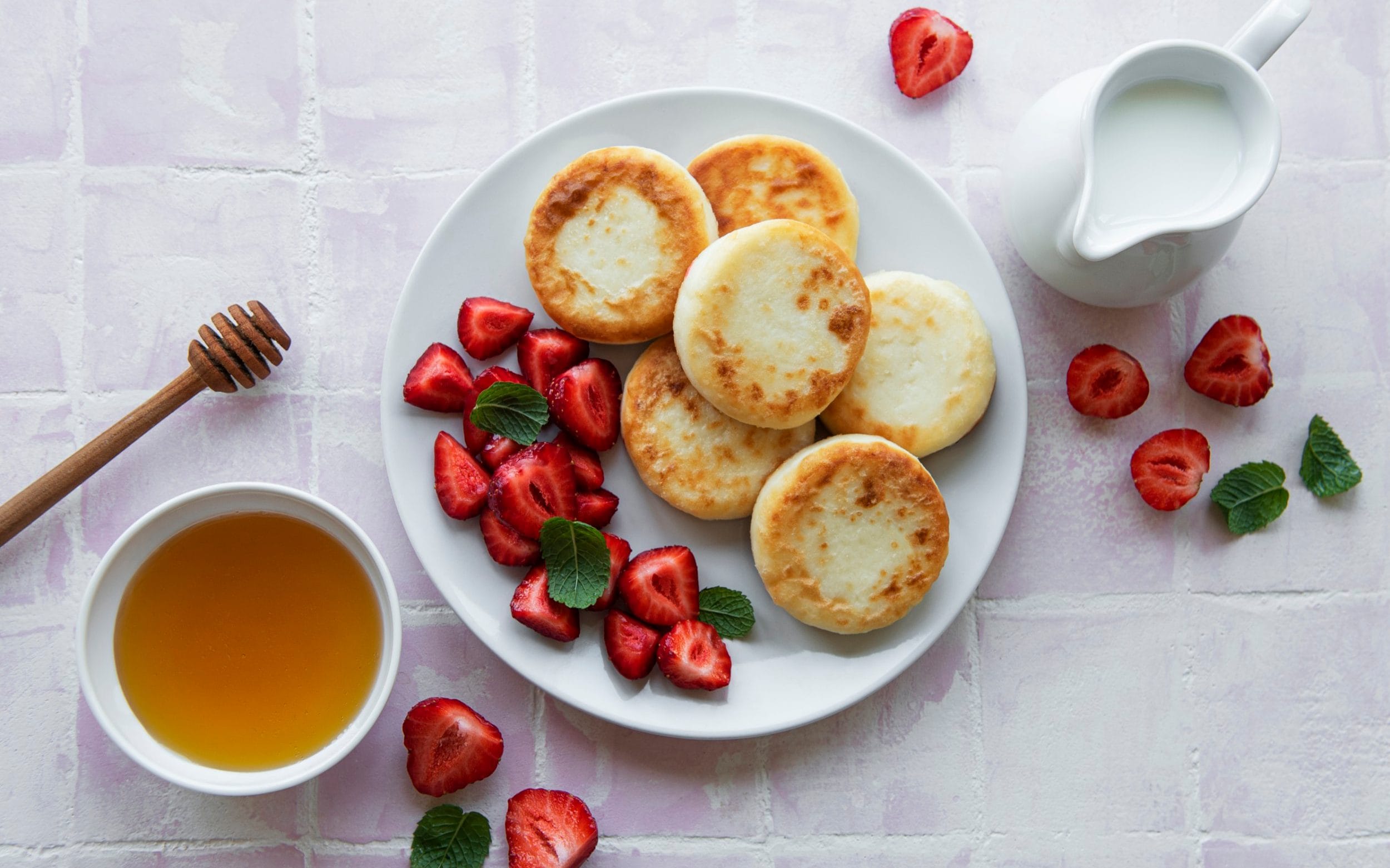
Ingredients:
- 60g oats
- 150g cottage cheese
- Zest of one lemon
- A handful of blueberries
- 1 egg
- A small amount, barely noticeable, of salt and baking powder
- Request a splash of water or milk.
- We used Greek yoghurt, fresh blueberries and lemon curd
Method:
- Blend the oats in a blender to grind them into a flour.
- Add the remaining items in the pancake mixture to the blender, excluding the blueberries. Blend until the mixture is smooth. You may need to add a little water or milk to achieve the right consistency, so the batter should be thick enough to pour easily.
- Once you're satisfied with the batter, gently fold in either fresh or frozen blueberries, reserving a few for a topping.
- Put a frying pan over the heat and add a small amount of butter or oil, then add a couple of tablespoons of pancake batter per pancake.
- Cook for several minutes on each side and serve with the toppings of your preference.
TikTok
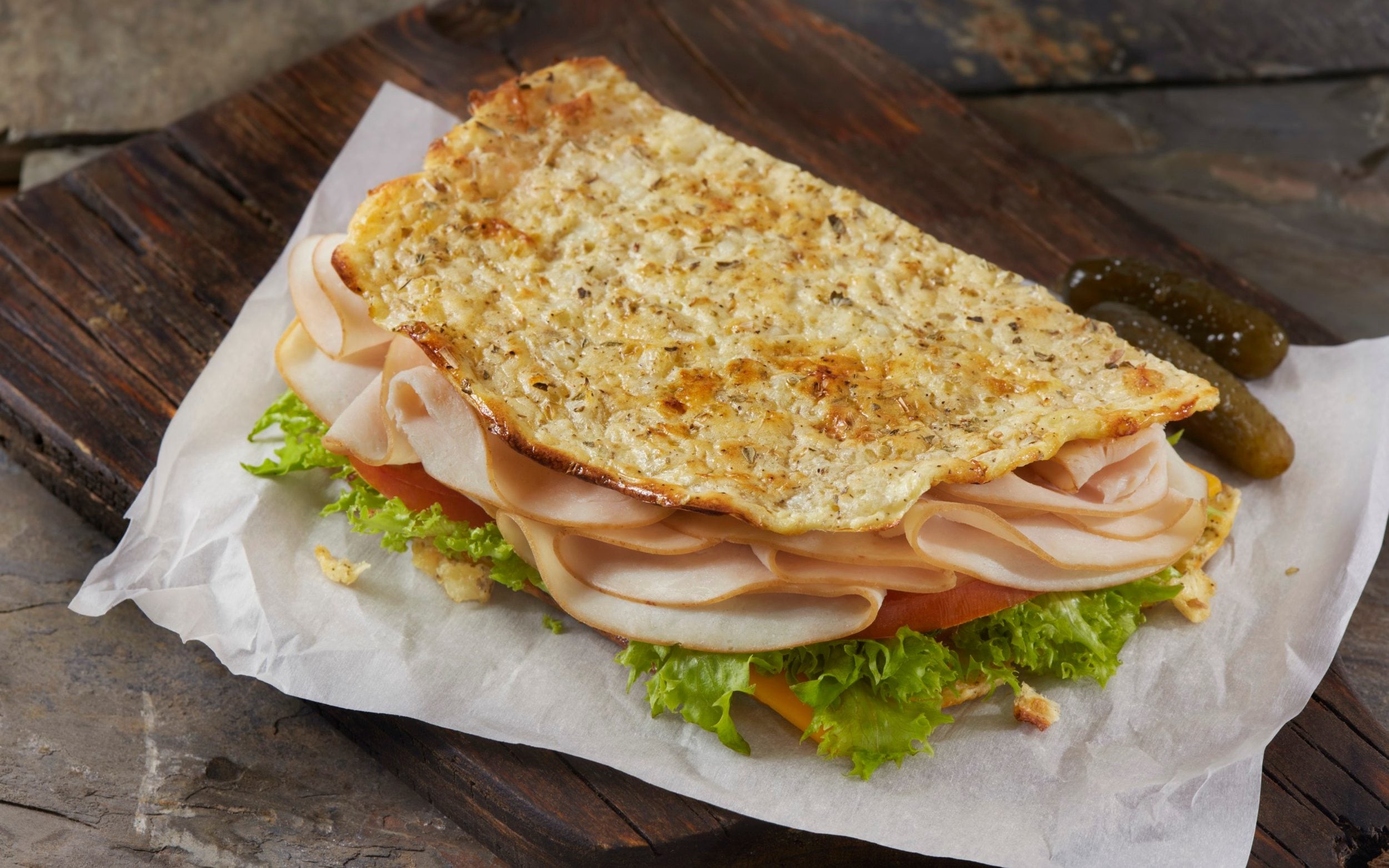
Ingredients:
- 1 cup cottage cheese
- 2 eggs
- 1 tsp garlic powder
- 1 tsp Italian seasoning
Method:
- Combine all ingredients in a blender and blend until you achieve a smooth consistency.
- Spread onto a 9in x 13in tin lined with parchment paper.
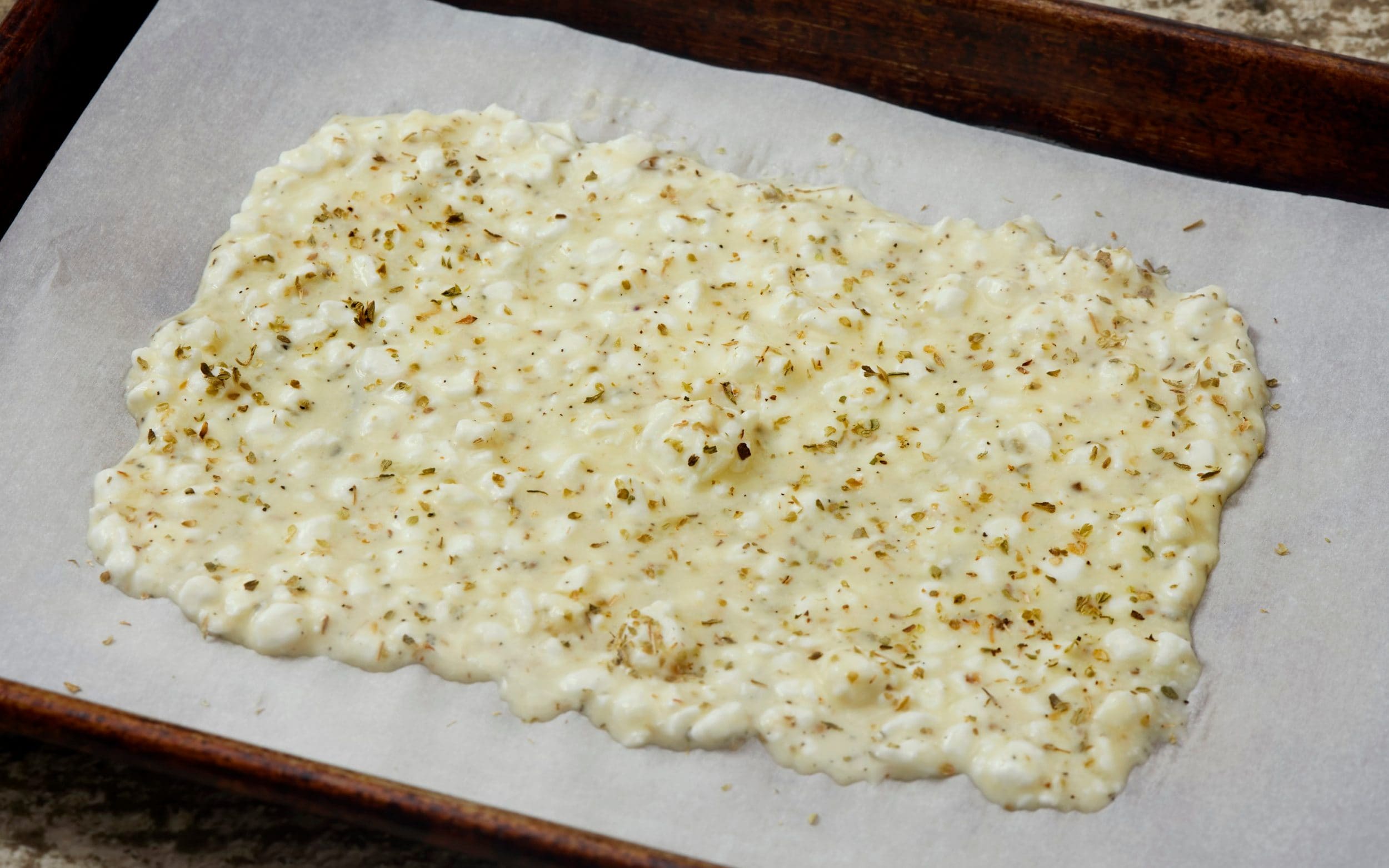
- Bake at 350 degrees Fahrenheit, 180 degrees Celsius or gas mark 4 for 35 minutes.
- Cool for 10 minutes.
- This makes 2 flatbreads.
TikTok
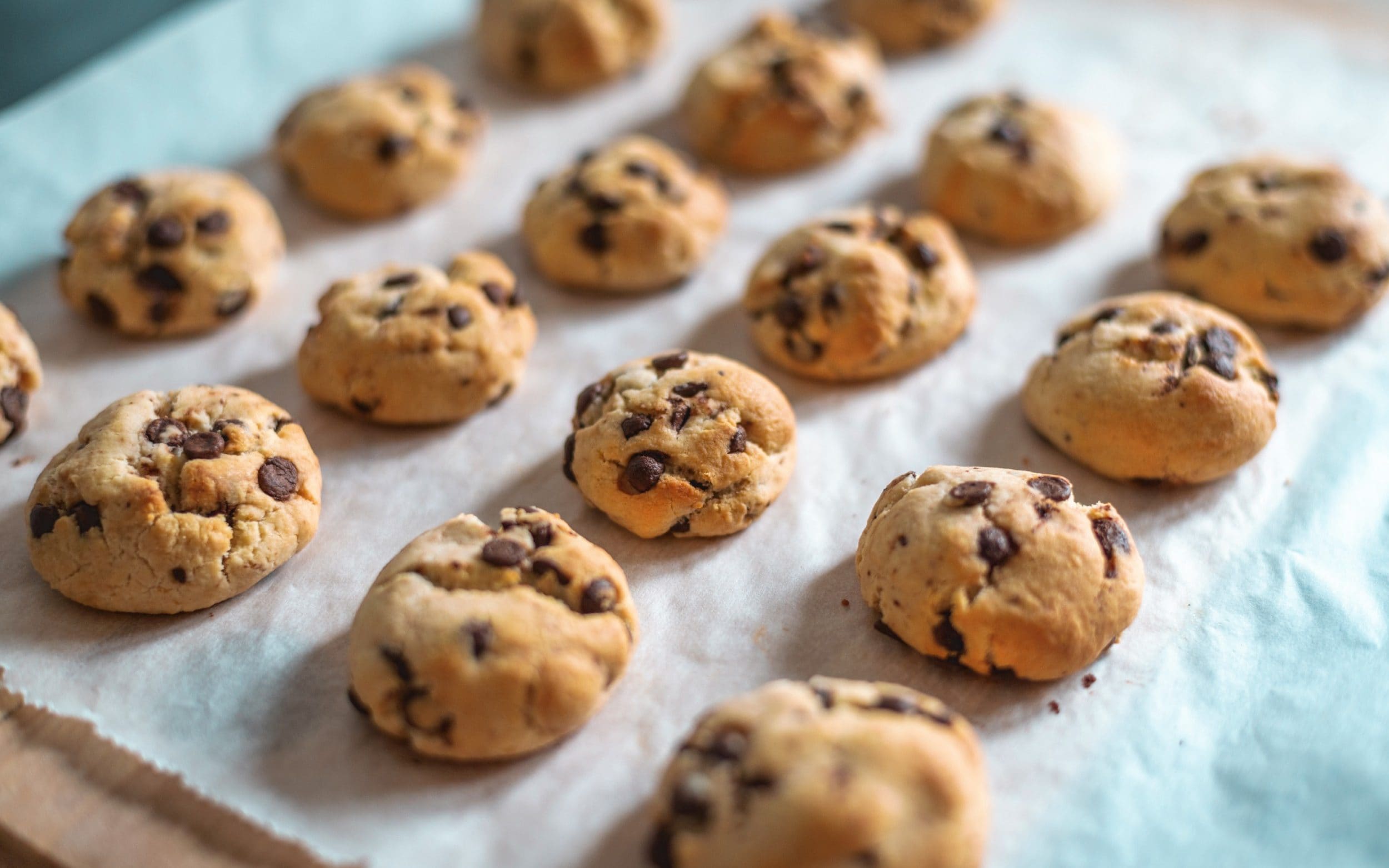
Ingredients:
- 250g large curd cottage cheese
- 62g pure maple syrup
- 1 tsp vanilla
- 250g almond flour
- Two tablespoons of melted coconut oil
- 125g vanilla protein powder
- 125 grams of chocolate chips (plus extra for topping)
Method:
- Heat the oven to 180°C and put a baking sheet lined with parchment paper in place.
- In a blender, add the cottage cheese, maple syrup and vanilla extract. Blend on high speed until the mixture becomes smooth.
- In a large mixing bowl, put together almond flour and protein powder. Now add the blend of coconut oil and cottage cheese.
- Stir until everything is well mixed. Fold in the chocolate chips.
- Place the dough onto a prepared baking tray using a medium-sized cookie scoop and use your hands to flatten the cookies slightly to give them a cookie shape. Alternatively, roll the dough into balls and then flatten them with your hand for a more uniform shape. Add a few extra chocolate chips on top of each cookie.
- Bake for roughly 15-16 minutes or until the underside of the cookies turns a golden brown colour. Allow them to cool and then you can enjoy them.
Recommended
The Good-to-Know Cheeses with Health Benefits – and Those to Approach with Caution
Read more
Enrich your day with The Telegraph's fantastic variety of Puzzles. Improve your mental sharpness and lift your mood with PlusWord, the Mini Crossword, the formidable Killer Sudoku and even the traditional Cryptic Crossword.


